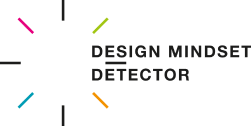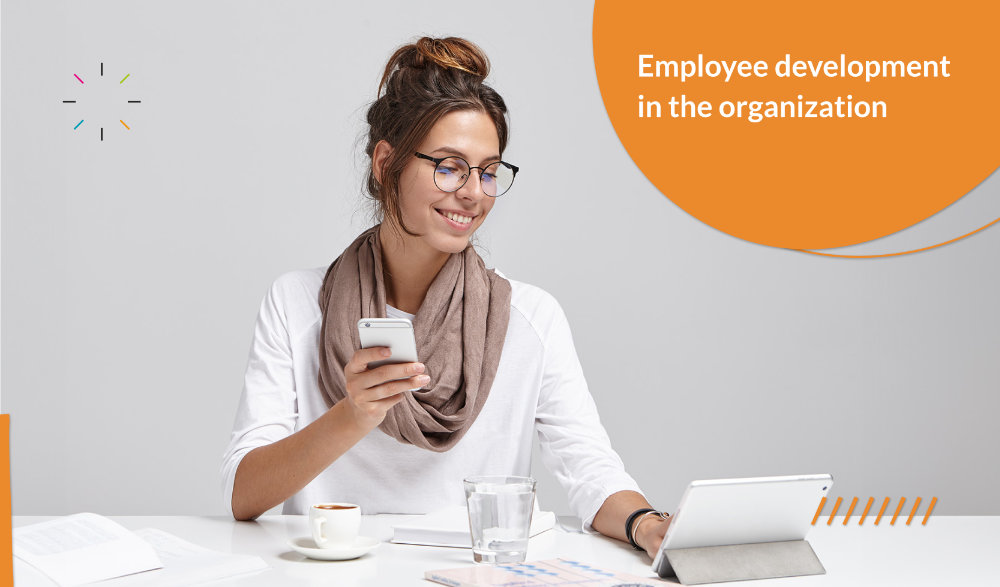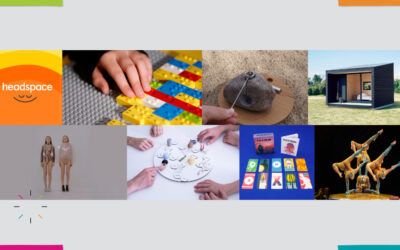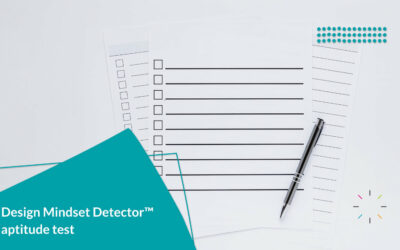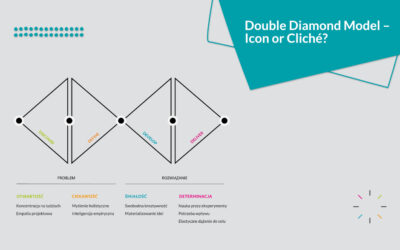Employee development is a very important element not only in building an organization but also in its effective management. Companies that recognize this and invest in the development of their employees’ skills and competencies usually achieve much greater success than those that do not pay much attention to this issue. In the following article, we will discuss what employee development is and which aspects of this process to pay particular attention to.
Quick Links
- What is Employee Development?
- How to Plan an Effective Employee Development Process?
- Employee Development in the Organization and Its Benefits
What is Employee Development?
Employee development, often referred to as professional development, is a process that focuses on enhancing skills, acquiring new knowledge, and developing employee competencies in the context of their professional role. It is an investment in the potential and human capital of the organization, aiming not only to increase the employee’s efficiency in their current job but also to prepare them for future challenges.
It is worth remembering that employee development is a joint initiative of both employees and employers. It can take various forms, such as training, mentoring, or self-education. It is a key element in building the organization’s competitiveness in the market and increasing employee engagement.
Read also: What is Mentoring? What are Mentoring Sessions?
How to Plan an Effective Employee Development Process?
Understanding Employee Needs
The first step in the employee development process is understanding their individual needs and career goals. Each person employed in the organization has different skills, experiences, and goals that should be considered in the company’s development plans. To learn not only what employees need but also what they expect from the organization, it is essential to communicate with them and monitor their actions. Additionally, it is worth using available tools, such as the Design Mindset Detector™ predisposition test, which helps to discover and develop often unrecognized and unique predispositions.
Setting Goals
After understanding the needs of employees, the organization should work with them to set development goals. These can relate to both professional and personal development. It is important that the goals are measurable and realistic, allowing employees to track their progress.
Tailoring the Development Program and Activities
Once development goals are set, the organization should tailor the training program to the needs and capabilities of all employees. Depending on the type of skills being developed, these activities can be conducted both internally within the organization and externally through conferences, lectures, or case studies. When planning such initiatives, it is important to ensure they are available not only in-person but also online.
Monitoring Progress
The employee development process does not end after the completion of training or courses. The organization should regularly monitor the employee’s progress and organize further activities based on this. Regular employee evaluations, feedback sessions, and progress reports are key tools in this process.
Measuring the Effectiveness of Development Programs
The last, equally important aspect of employee development is measuring the effectiveness of development programs. Companies should regularly analyze whether the initiatives taken for employees bring the expected results and whether they are still worth investing in.
Read also: Career Aptitudes for Working as a Designer
Employee Development in the Organization and Its Benefits
Investing time and money in employee development can bring many benefits not only for the company itself but especially for the employees. The most important of these include:
- Increased satisfaction and motivation to work – When an employee has the opportunity to develop their skills, they feel greater satisfaction with their work. They are also much more motivated to perform their duties effectively.
- Increased productivity – An employee who has participated in an interesting training or course is usually able to perform their tasks faster and more effectively. This often results from a better understanding of their role and the development of existing competencies or the acquisition of new ones that help them streamline their work.
- Positive organizational image – Caring about employee development also positively affects the company’s image as a friendly place that prioritizes the well-being of its employees.
Do you want to check the predispositions of team members using Design Mindset Detector™? Order the test!
